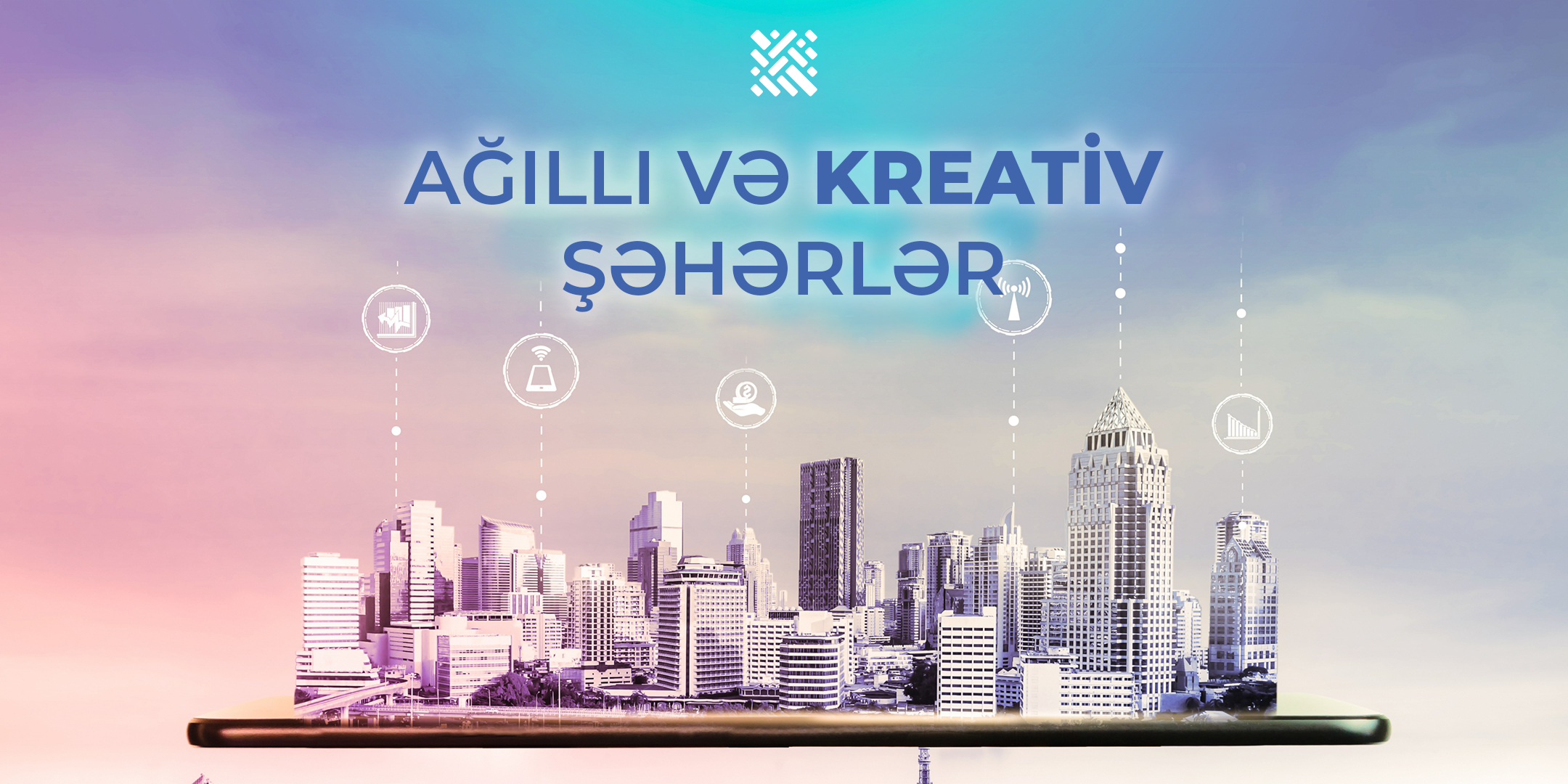Qlobal musiqi müzakirələri: Eurovision-un milli musiqi sənay...
Smart and creative cities

In the 1980s, computers changed our way of life and work, and then the Internet changed the way we use computers. This process is still ongoing and information technology (IT) is changing something in our lives every day. The impact of IT is already manifesting itself in the environment in the concepts of "Smart City" and "Smart Village".
Recently, these concepts have become relevant in our country. Thus, similar projects are expected to be launched in liberated areas. First, the "Smart Village" project to be implemented in the village of Aghali (Zangilan), will be implemented mainly on 5 components. These are housing, production, social services, "Smart Agriculture" and alternative energy.
Technology, directly and indirectly, affects the development of cities. For example, the automation of data collection provides insights into aspects of the city, such as the use of a shopping area in the city center. By connecting sensors and applications, information can be gathered about how many people are in the area, preferred routes, and who and how people work there. Architects and creative people can also use this information in the development of the city.
What is the main role of creative people in building smart cities?
Certain problems arise during the implementation of smart city projects. The role of creative people in solving these problems is inevitable. On the other hand, some cities that currently carry a smart city label have been shaped by a fairly closed model, mostly by transnational IT companies. These models need to be improved and developed from different aspects. In order to meet this need, the participation of creative people in the process is essential.
Transformation of cities - the creation of smart cities is done creatively. This is the only way to attract visitors, residents and smart brains.
What features should smart creative cities have?
o Creative cities are known for their symbols. Cities can be known for their architectural monuments, national cuisine, sculpture or nature. For example, some European cities are known for their city status within the city. The Maltese city of Medina attracts visitors with its medieval walls.
o Historic places. Every city has a special history. According to people, there is a stereotype of what this area should look like: pedestrian crossings, old buildings and street cafes. In addition, the old city should be characterized by modern infrastructure and restored buildings. As historical places are often visited by tourists, it is important to develop creativity in the cities where these places are located.
o Accessibility. Designer Mihai Stamati used the phrase during an event: "Art should be accessible to everyone, so it should be displayed on the streets." We are talking not only about graffiti and other murals, but also about city exhibitions. For example, there is an exhibition of rusty iron sculptures on the outskirts of Chisinau. The risk of extinction is high because it has not been studied. The exhibition represents a number of sculptures aimed at mocking some of the situations typical of the Soviet system, and their artistic value is undeniable.
o Public spaces. Creative cities should also attract attention with their public spaces. There are cafes, Creative Hubs, etc. presented in different designs. we can note.
Creativity, cultural identity and memory in the concept of Smart City and Smart Village
As one of the important elements of the concept, new creative opportunities open up in terms of cultural identity and memory in the context of urban creativity: digital and interactive creative processes, expressiveness and demonstrations. New artistic creations and performances by creative people who are able to work with new technologies that have a daily impact on human activities in the living spaces where this concept is applied have a direct impact on the creative harmony and colour of these cities and villages. Video projections and artistic images on the facades of buildings give the streets a more dynamic impression and creative look.
The management of urban areas is constantly changing and following technological progress. Mobility and sustainability are key factors that the concept focuses on. Interactivity between the city and the people makes it more liveable and opens up opportunities for creativity.
In recent years, we can already see works of art reflecting our culture in the buildings and streets of Baku.
We believe that the creative integration of the concepts of "smart city" and "smart village" will be successfully realized in our country. We wish to see the cities of the Karabakh region, distinguished by the richness of its culture, in the list of creative cities of the world!

